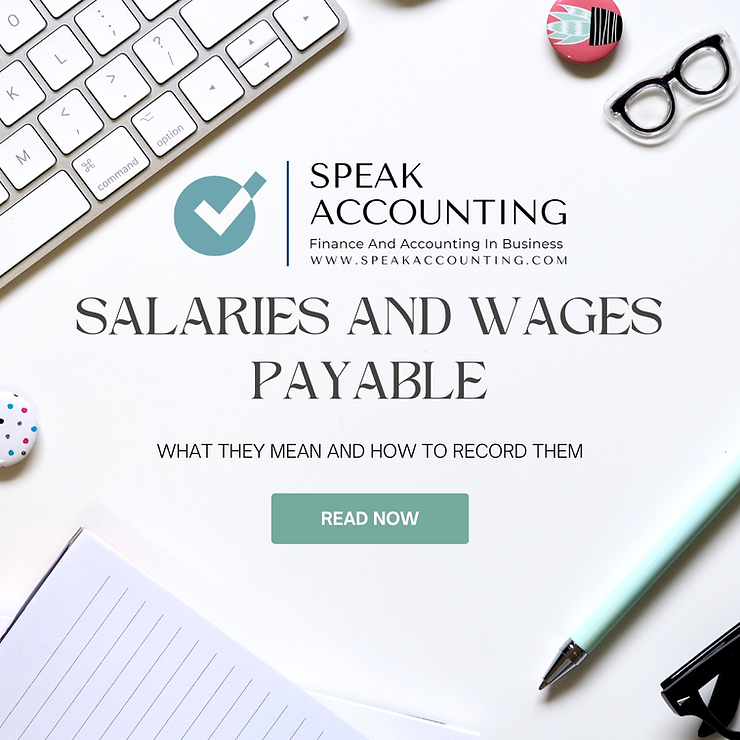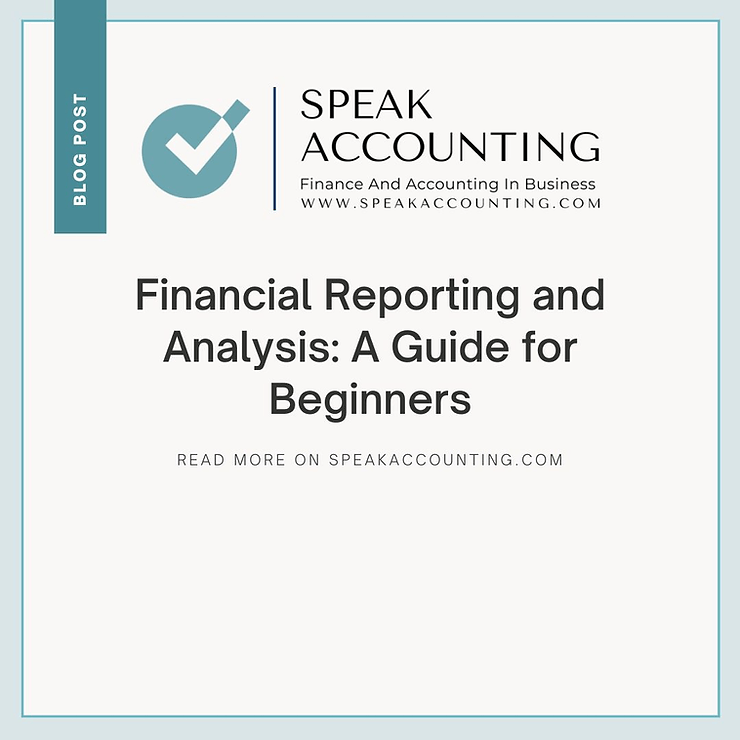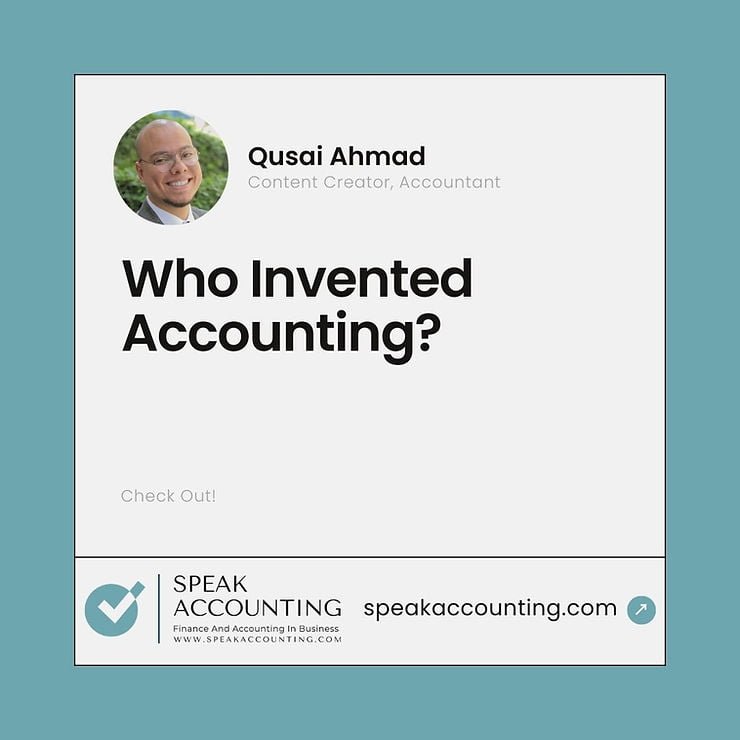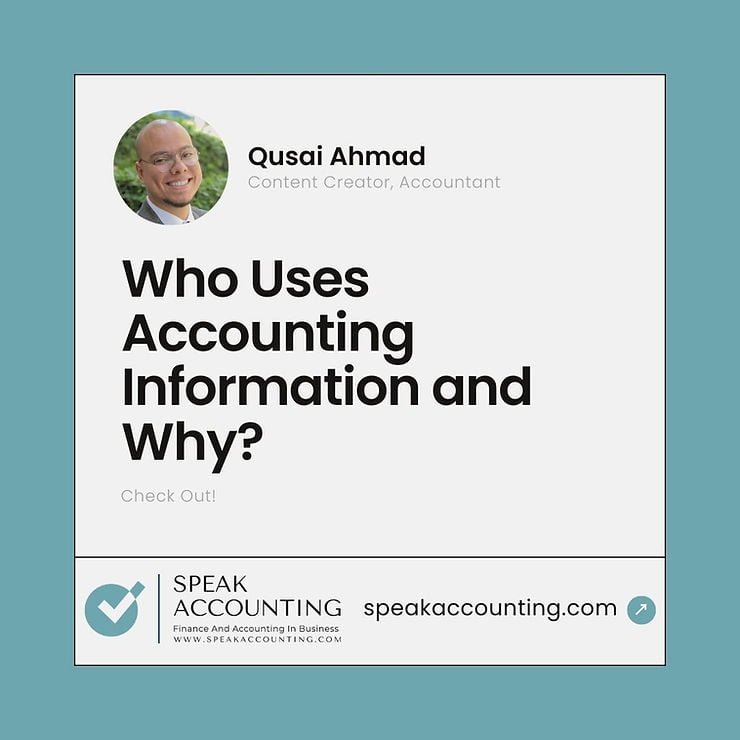Learn the difference between salaries and wages, and how to record them in the accounting books. Find out the definitions, examples, and journal entries for salaries and wages expense and payable.

Learn what salaries and wages payable are, why they are important, and how to record and calculate them in this informative and helpful blog post.

Learn the difference, accounting, tax optimization, and management of salaries and wages expense, one of the most common and significant expenses for businesses.

Learn what a financial reporting framework is, why you need one, and how to choose and apply one for your business. Find out the types, benefits, and challenges of different frameworks, and the best practices for preparing and presenting high-quality financial statements.

Learn the basics of financial reporting and analysis, and how to write and interpret financial statements using ratios and other techniques. This guide is for beginners who want to understand the financial performance and health of a business.

Learn how to save money on accounting fees for your small business. Find out the average accounting fees, the factors that affect them, and the best practices to reduce them.

Learn the basic concepts, rules, and examples of debit and credit in accounting with this easy-to-follow blog post. Master the essential skill of double-entry accounting and improve your financial literacy.

Learn the steps in the accounting cycle and how they help you record, analyze, and report your business transactions. Follow our simple guide and examples to master the basics of accounting.

Explore who invented accounting? from its ancient origins to its modern developments. Learn how accounting emerged, evolved, and transformed with the use of writing, mathematics, money, and technology.

Learn about who uses accounting information, their information needs and objectives, and how they use accounting information to make decisions.










